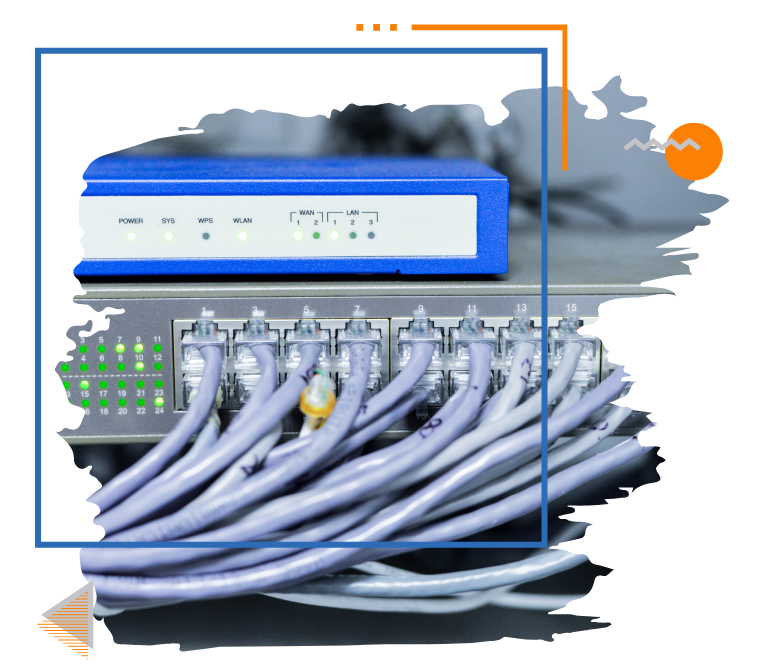Network
These days, the internet and issues related to network infrastructure and data centers have become crucial and strategic topics for organizations large and small. The development of computer network infrastructure began in the late 1960s with the initiative of the ARPANET group, and since then, this field has witnessed significant advancements that have greatly improved communication within organizations and beyond.
For effective communication between individuals and devices within organizations, it is essential to consider network products. This allows us to engage in organizational matters with sufficient and appropriate knowledge.
Given that “awareness” is a key factor in the purchasing process of network equipment, we will proceed to examine the most essential and practical devices in the field of networking.
Types of Network Equipment and Their Uses
Network equipment plays a crucial role in establishing internal and external communications for organizations. Below, we introduce different types of network equipment and explain each one:
- Router A router is a device that directs data packets between different networks. This device uses various protocols to find the best path for sending data. Routers are used to connect local area networks (LANs) to wider networks (WANs) or the internet.
- Switch A switch is a device that directs data packets within a local area network (LAN). Unlike a router, a switch only transfers data among devices within the same local network. Switches function similarly to hubs but are more intelligent, delivering data to precise destinations, which enhances network efficiency.
- Access Point Access points are devices that enable users to connect to a wireless network. These devices are connected to a wired network and transmit and receive wireless signals to wireless devices. Access points are typically used in wireless networks to extend Wi-Fi coverage.





 فارسی
فارسی العربية
العربية